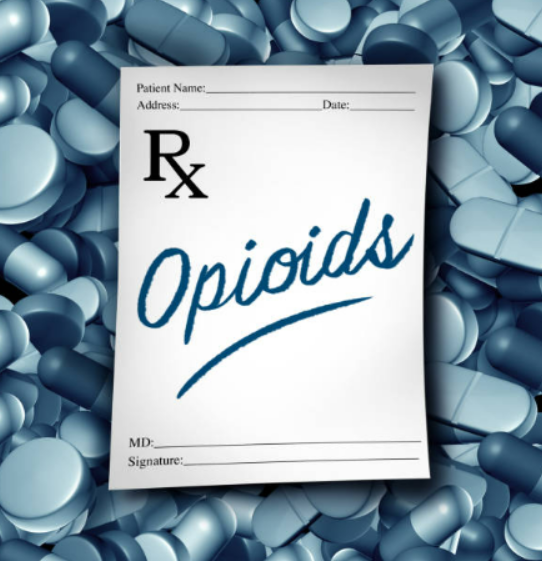New study on reducing opioid prescribing in dentistry
In recent years, the landscape of opioid prescriptions for dental procedures in the United States has undergone a significant transformation. A new study from the University of Michigan Medical School and School of Dentistry reveals a commendable 45% decline in dental opioids dispensed to patients of all ages from 2016 to the end of 2022. While this reduction is a positive step, the study also points to a noteworthy shift in trends during the COVID-19 pandemic, emphasizing the need for continued vigilance in the dental profession.
Post-Pandemic Slowdown: Unraveling the Data
The study highlights a deceleration in the rate of decline of opioid prescriptions for dental procedures from June 2020 to December 2022. This slowing trend raises concerns about the impact of the pandemic on the progress made in curbing opioid use in dental care. The researchers estimate that 6.1 million more dental opioid prescriptions were dispensed during this period than would have been predicted based on pre-pandemic trends.
Opioid Prescriptions Among Different Age Groups
While there’s reassuring news regarding the decline in opioid prescriptions to teens and young adults, other age groups experienced a slowed rate of reduction after June 2020. The study underscores the need for a more comprehensive understanding of the factors influencing opioid prescription patterns across diverse age demographics.
Provider Disparities: Oral Surgeons vs. General Dentists
The study reveals disparities in opioid prescribing trends among different dental providers. Oral and maxillofacial surgeons, known for performing complex procedures, exhibited a less pronounced slowdown in opioid prescription decline compared to general dentists and dental subspecialists during the pandemic. This insight prompts a closer examination of prescribing practices among various dental professionals.
Socioeconomic Factors: Medicaid vs. Privately Insured Patients
The data exposes disparities in opioid prescriptions based on insurance types. For low-income patients covered by Medicaid, the number of dental opioid prescriptions during June 2020-December 2022 was 57% higher than predicted by pre-pandemic trends. Conversely, privately insured patients saw a 30% increase in opioid prescriptions during the same period. Exploring the reasons behind these variations is crucial for understanding the impact of socioeconomic factors on opioid prescribing in dental care.
Regional Variances: North vs. South
Geographical analysis reveals intriguing patterns, with people in the Southern U.S. constituting nearly 46% of all individuals with dental opioid prescriptions in 2022. However, the decline in opioid prescribing to individuals in the Northeast slowed to a greater degree than in other regions, resulting in a 69% higher prescription rate than predicted by pre-pandemic trends. This regional contrast necessitates a nuanced examination of the factors contributing to these disparities.
Redoubling Efforts: The Way Forward
While the dental profession has made substantial progress in reducing opioid prescriptions, the recent slowdown in the decline underscores the need for renewed efforts. Dental professionals must prioritize non-opioid pain management, aligning with existing guidelines developed in collaboration with organizations like the Michigan Opioid Prescribing Engagement Network (OPEN).
Conclusion
In conclusion, the evolving landscape of dental opioid prescriptions demands ongoing scrutiny and proactive measures from the dental profession. This comprehensive analysis of the study’s findings sheds light on the complexities involved in post-pandemic opioid prescribing trends. As we navigate these challenges, a steadfast commitment to evidence-based practices and continuous improvement will be paramount in ensuring the well-being of dental patients across diverse demographics.
This diagram provides a visual representation of the interconnected factors influencing the trajectory of dental opioid prescriptions, emphasizing the importance of concerted efforts and ongoing vigilance in shaping the future of dental care.
Sources
- ScienceDaily – Good news, bad news on dental pain care seen in new study – 2 November 2023;
- PLOS ONE, 2023; 18 (11) – Association between the COVID-19 outbreak and opioid prescribing by U.S. dentists















